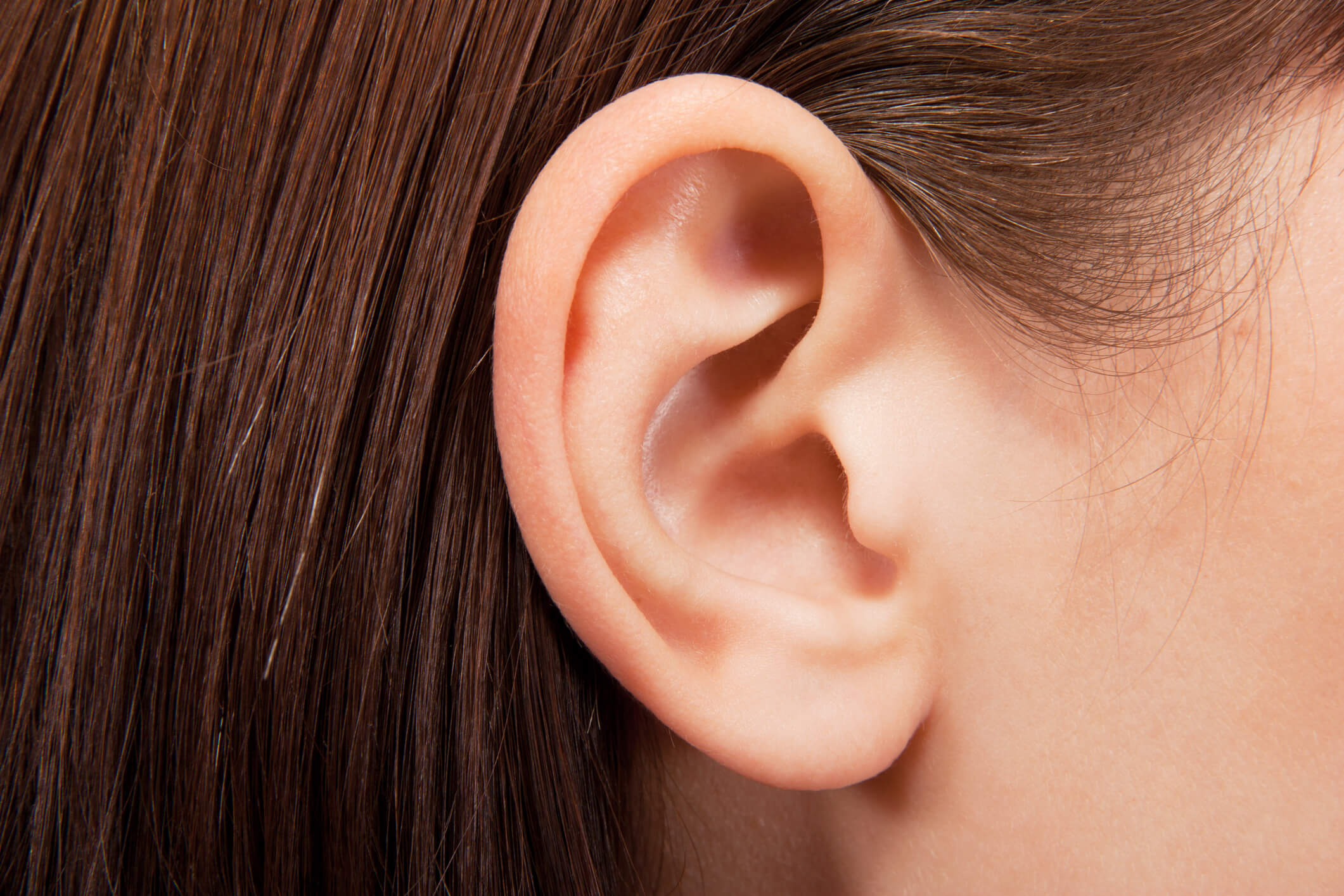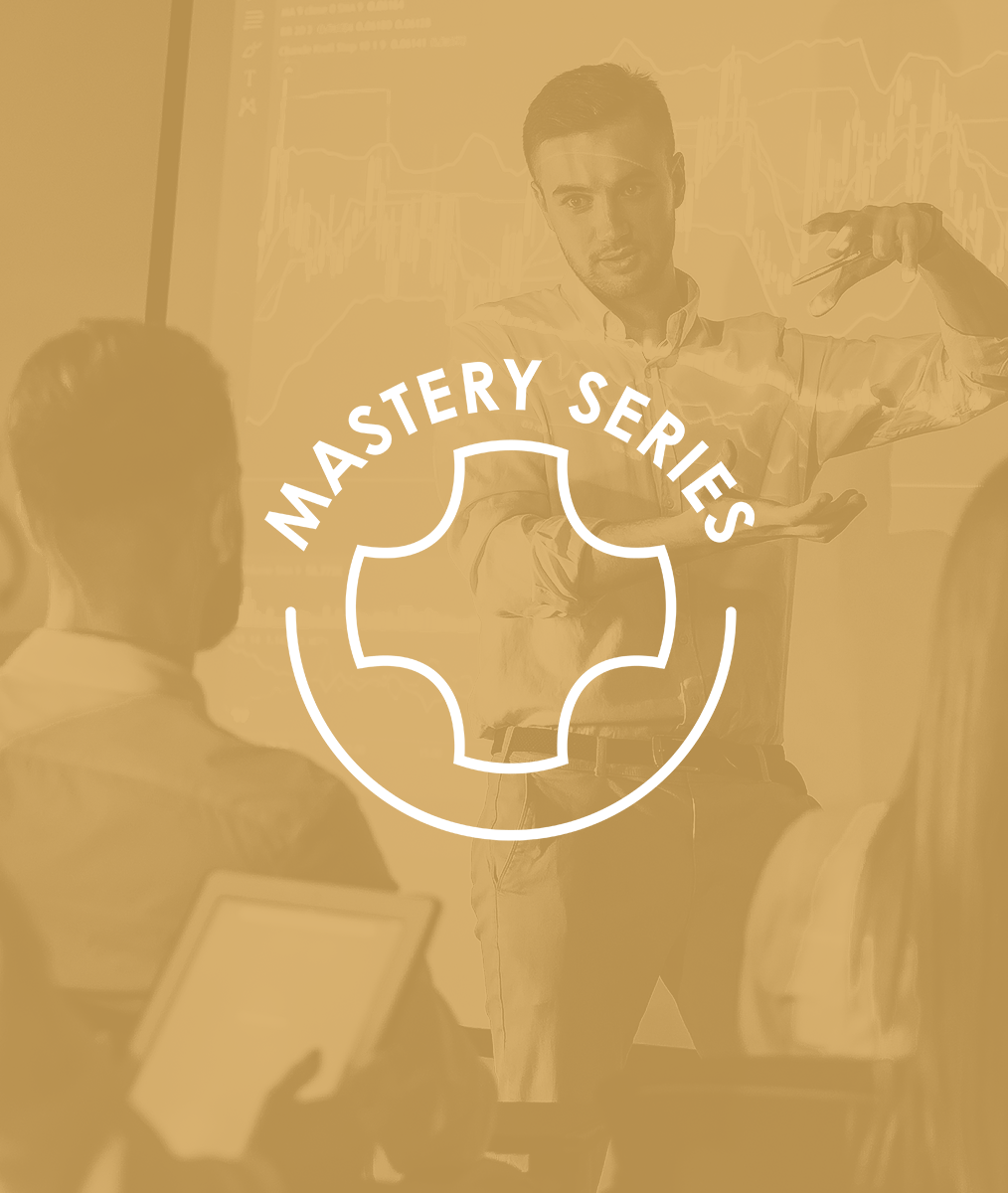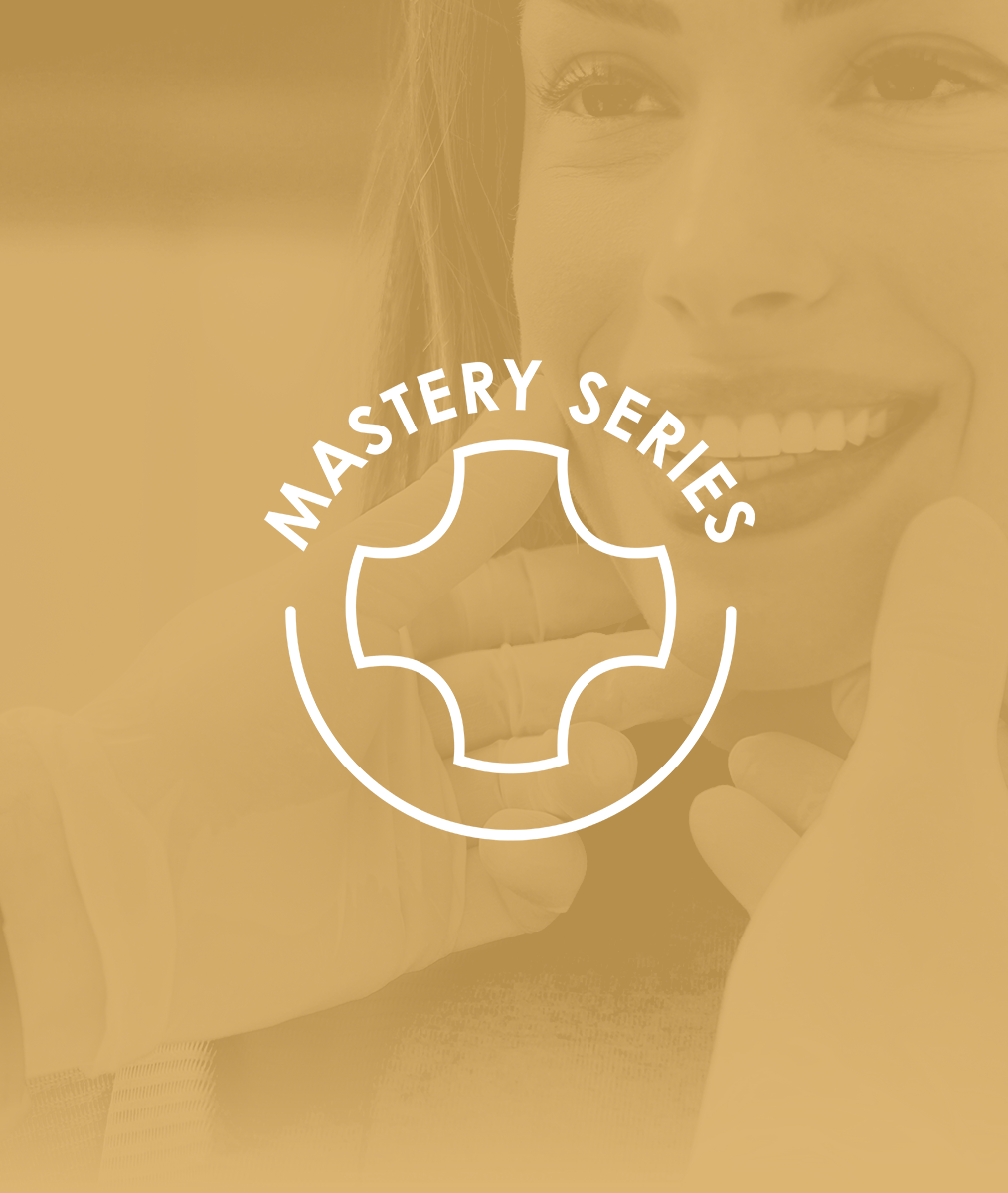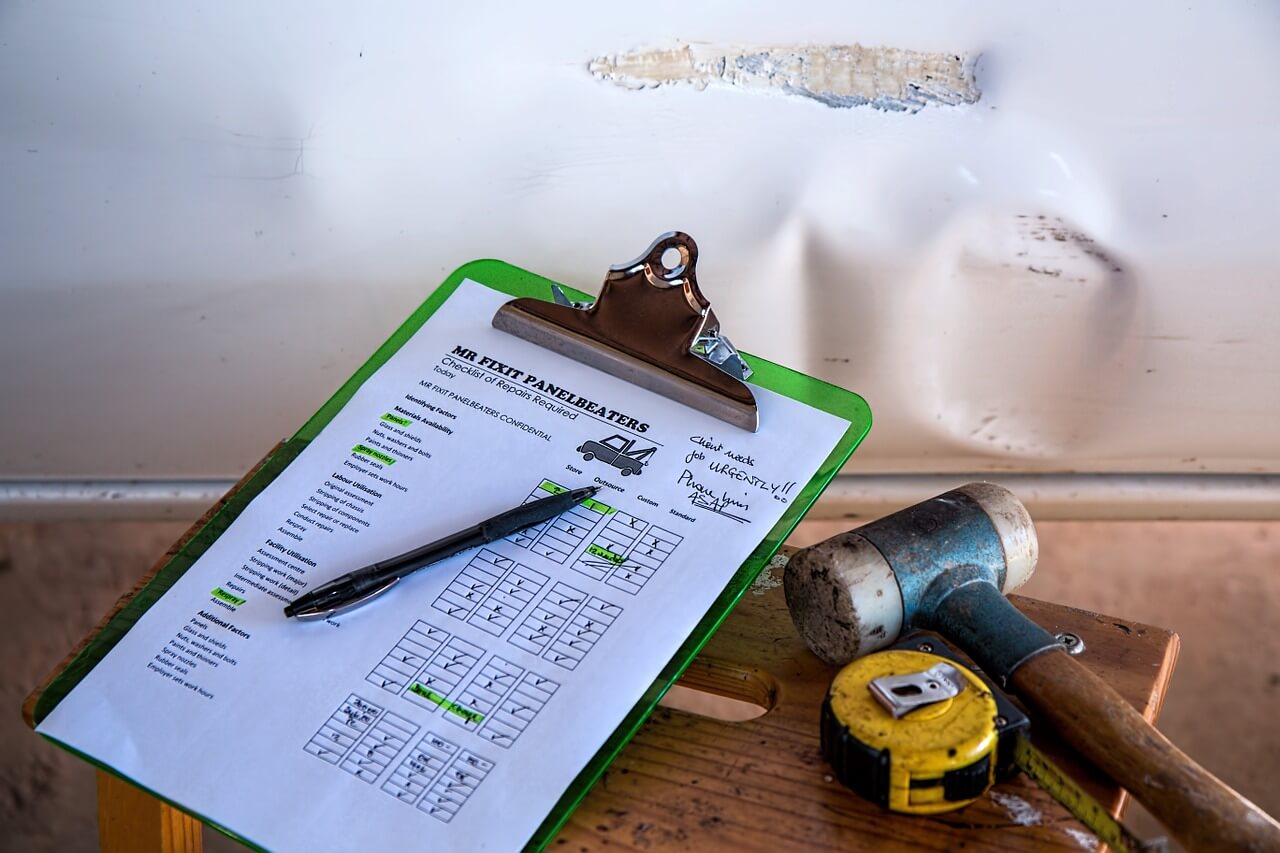Tips for Introducing and Marketing New Adjunctive Treatments
There is always room for improvement in the dental practice, but it can be challenging to know where to start. One of the best places to change things up is with CE on topics you may have never learned before. Another option is to delve into new adjunctive services or work toward providing more comprehensive care.
Adding and Marketing Adjunctive Treatments
For example, how strong is your whitening protocol or treatment options? Bleaching is incredibly popular, but just because you offer it doesn’t mean patients know or understand what is available to them. It’s a good idea to find creative ways of adding or marketing at-home tray bleaching alongside other more complex or involved services.
Another adjunctive treatment that can be a great boost in the practice is Invisalign. It’s a fabulous way to improve the outcome of many comprehensive treatment plans by optimizing tooth position. It also has some serious brand name cachet.
Invisalign can make your treatment plans more conservative because it can lead to requiring less restorative work. Additionally, patients who wouldn’t be willing to try traditional orthodontia will likely be far more interested in the clear Invisalign trays. Invisalign can be a new stream of revenue for the practice. That along with bleaching will noticeably increase profitability.
All in all, adding more services will keep things lively, introduce you to more interesting concepts, and inject some energy into the practice. Patients who trust and appreciate you will be excited to take advantage of previously unavailable treatments. These services will also help attract new patients to the practice or draw the attention of a unique demographic. There are plenty of options to explore!
Curious what makes dental care a valued investment? Check out this Pankey Gram blog we’re loving from Dr. Will Kelly here. And let us know what adjunctive services you offer in your practice …
Related Course
E1: Aesthetic & Functional Treatment Planning
DATE: July 9 2026 @ 8:00 am - July 12 2026 @ 2:30 pmLocation: The Pankey Institute
CE HOURS: 39
Dentist Tuition: $ 6900
Single Occupancy with Ensuite Private Bath (Per Night): $ 355
Transform your experience of practicing dentistry, increase predictability, profitability and fulfillment. The Essentials Series is the Key, and Aesthetic and Functional Treatment Planning is where your journey begins. Following a system of…
Learn More>




















